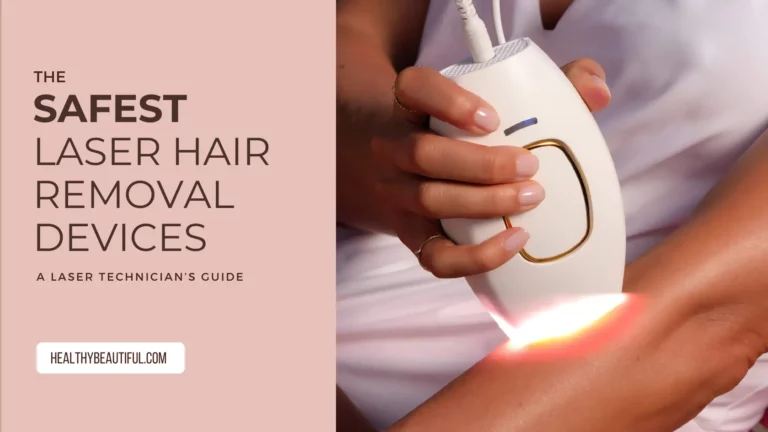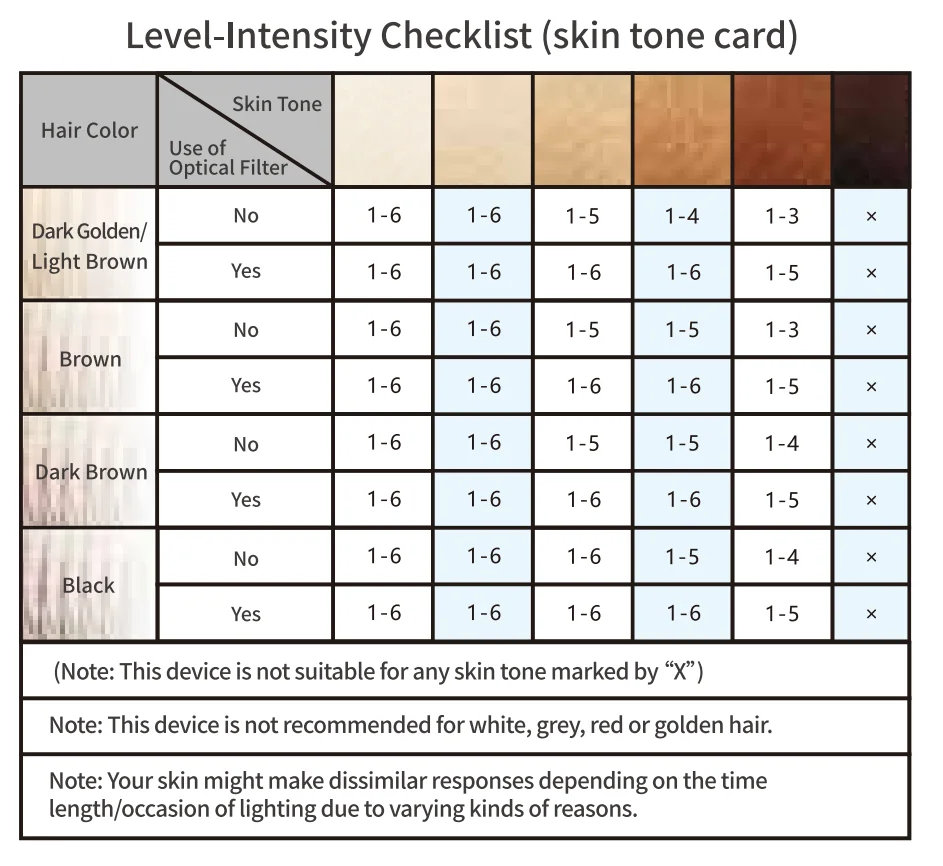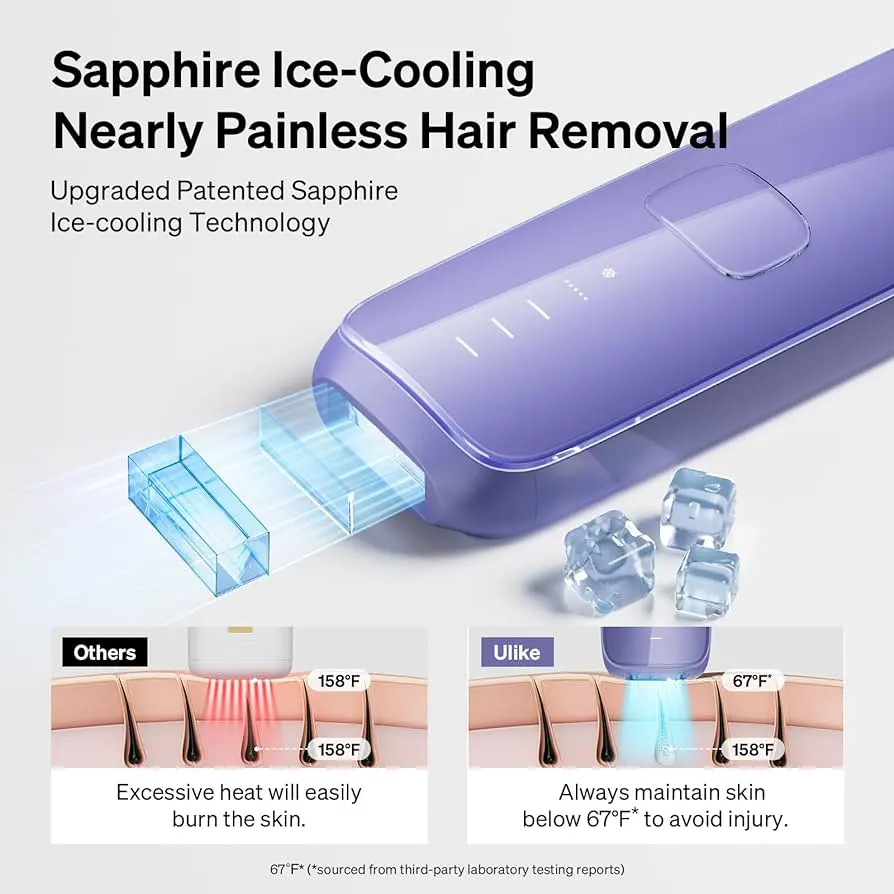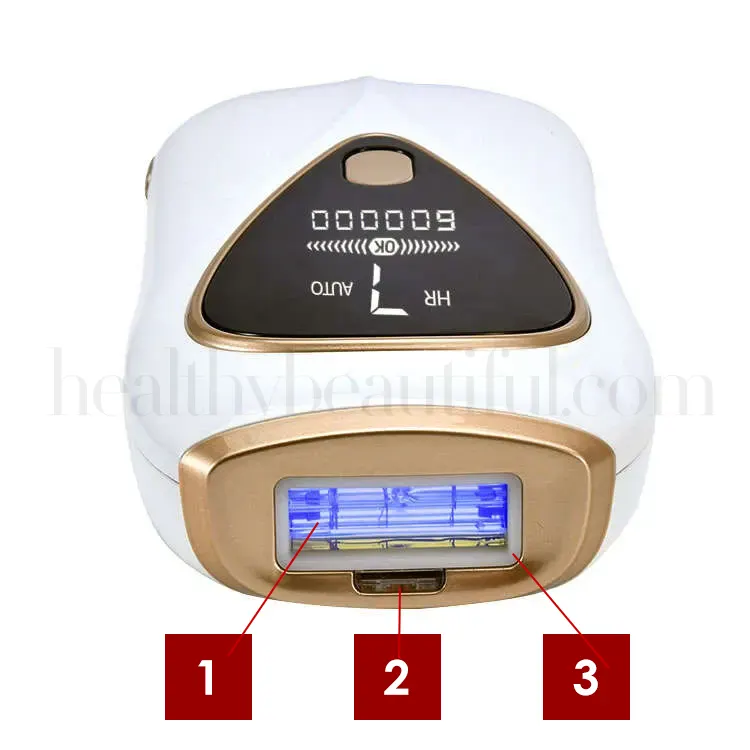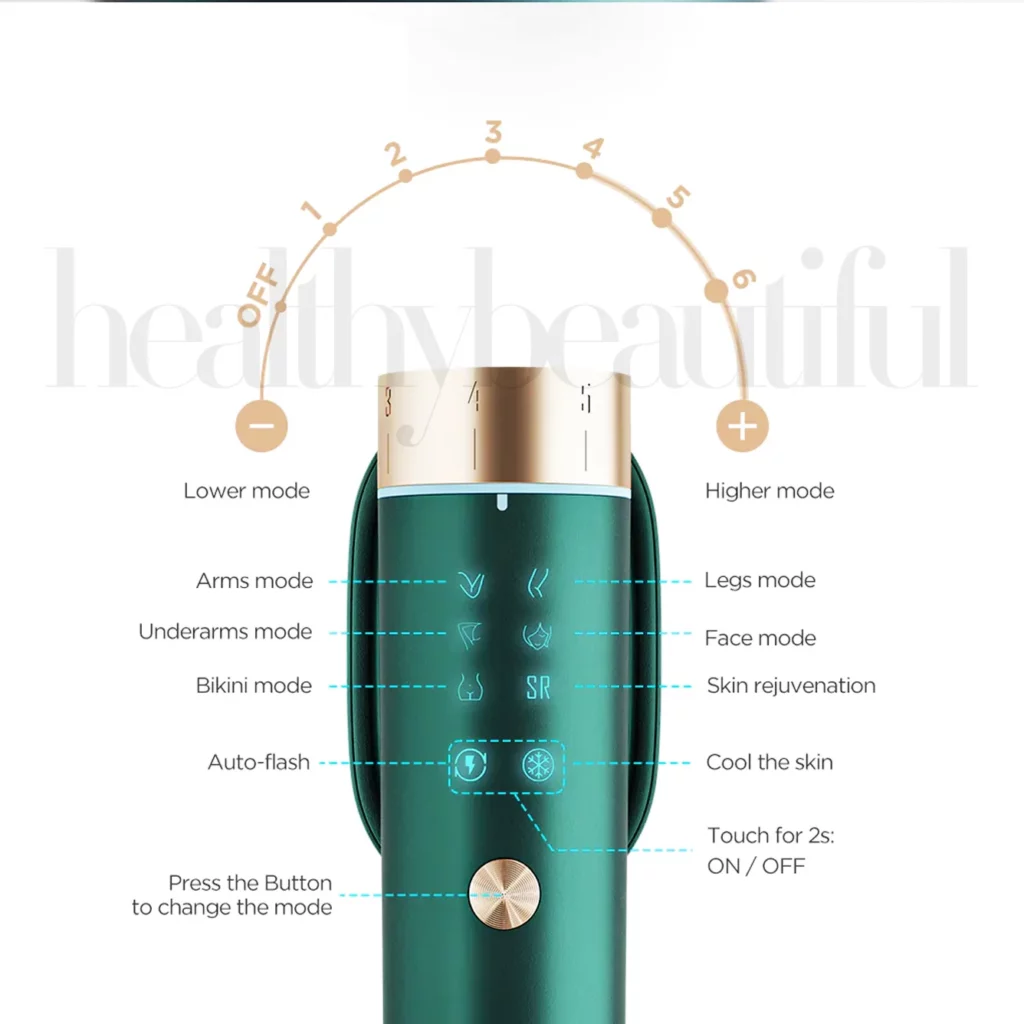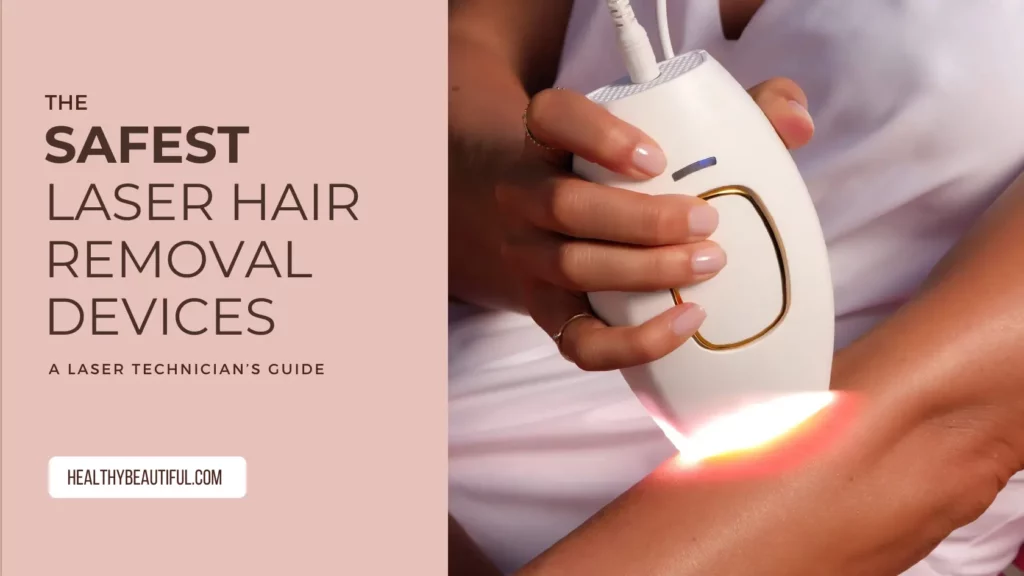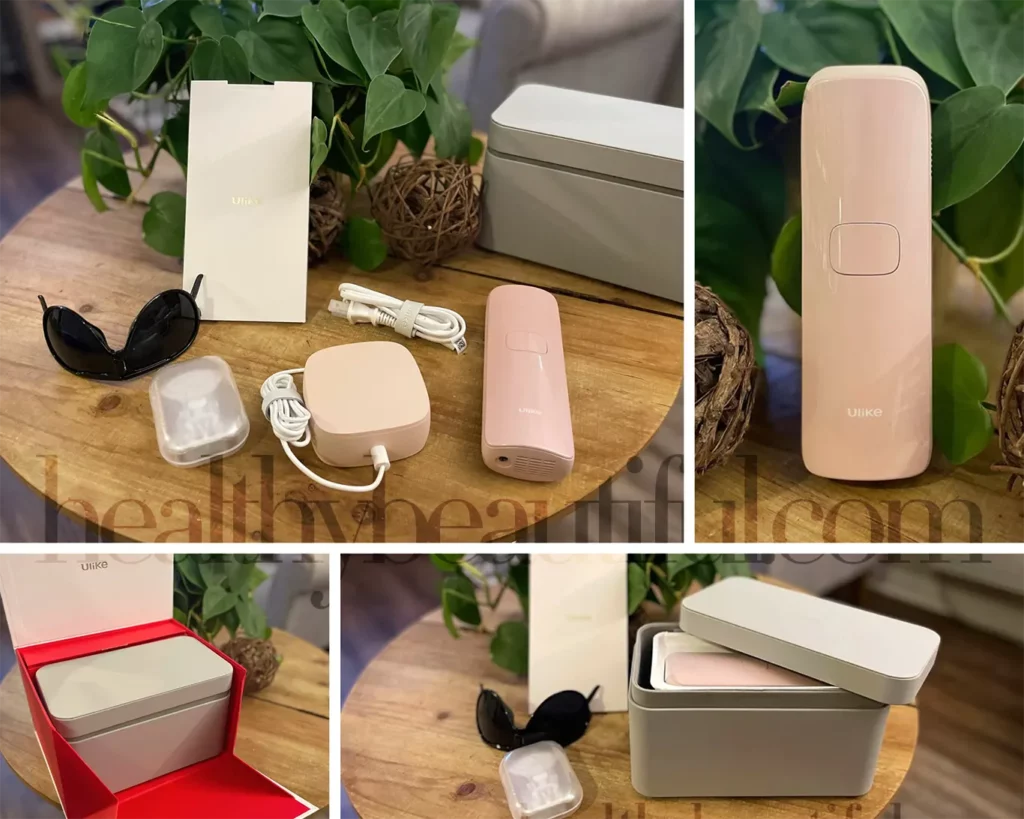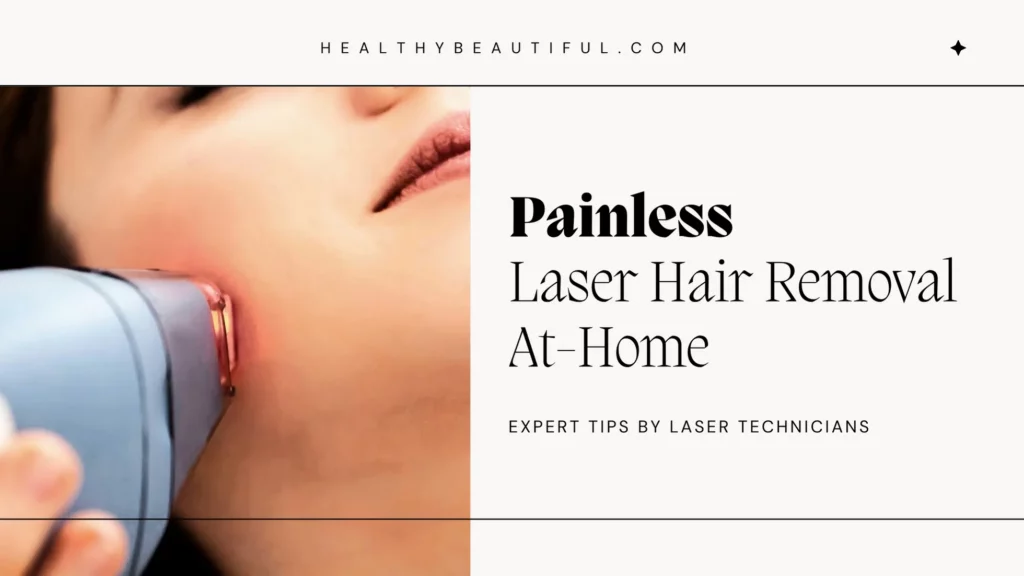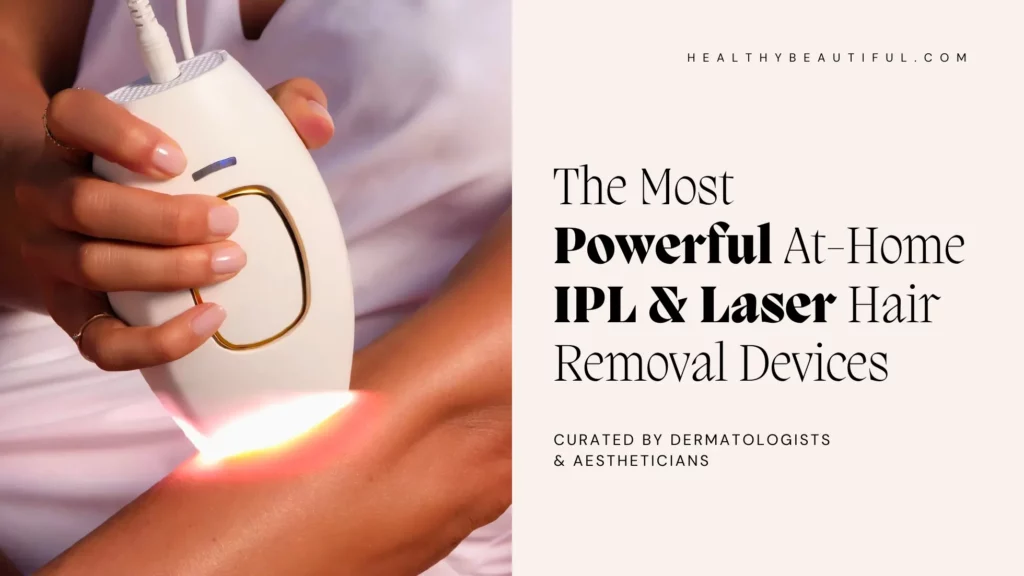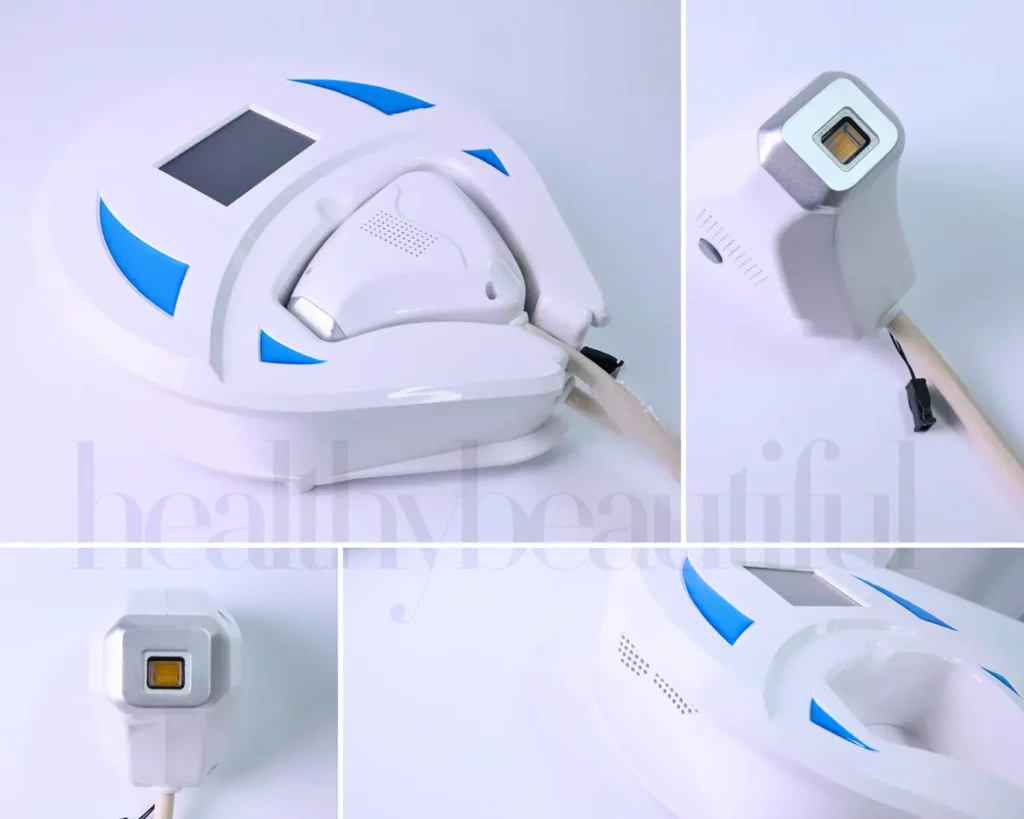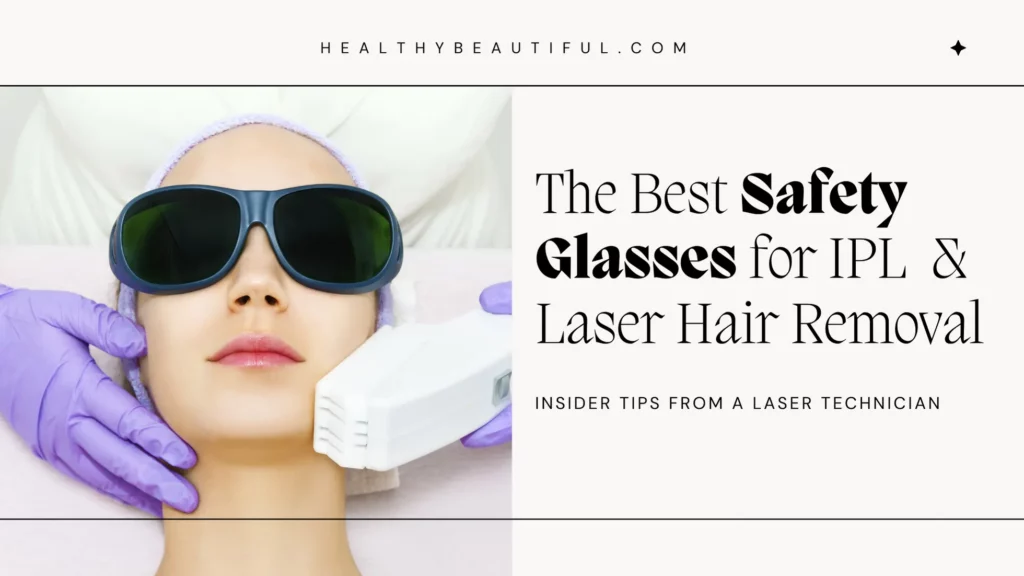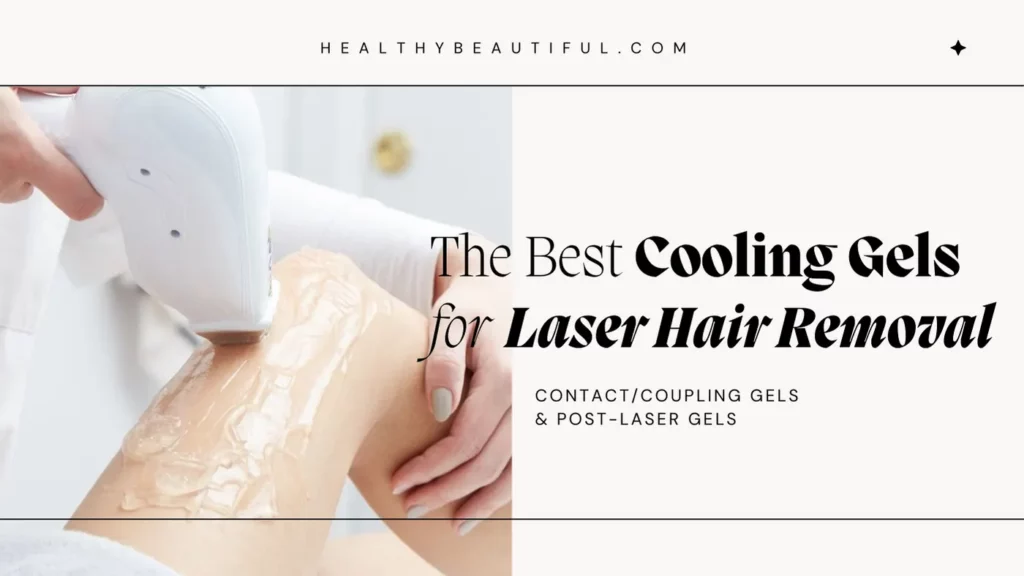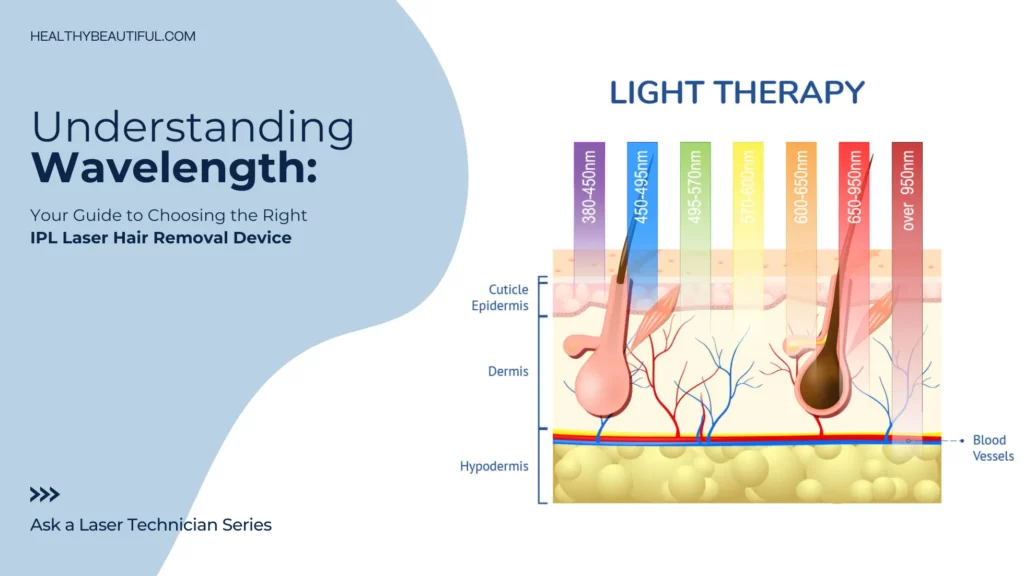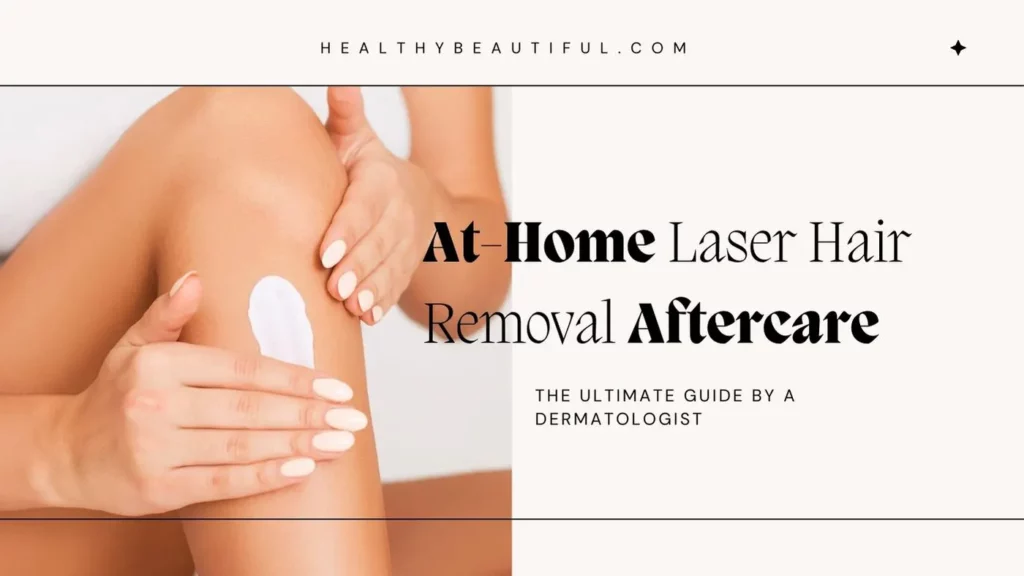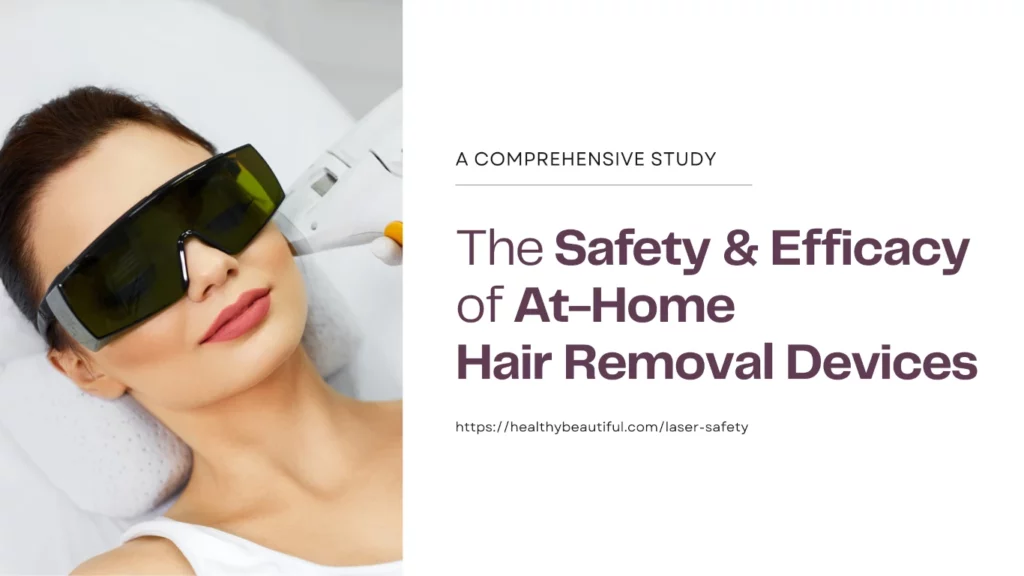Prioritizing Laser Safety at Home
As laser technicians, we understand the appeal of convenient, at-home IPL devices.
With the rise in popularity of these products, more and more people are exploring DIY options for achieving smooth, hair-free skin in the comfort of their own homes.
However, we cannot emphasize enough the importance of prioritizing safety when considering at-home devices.
Laser hair removal, while effective, is a powerful technology that should be approached with caution and proper knowledge. Improper use or choosing the wrong device can lead to serious risks, such as burns, scarring, and even eye damage.
That's why we've dedicated ourselves to identifying the safest at-home laser hair removal devices on the market and providing you with comprehensive guidance on their proper use.
The purpose of this article is to equip you with the information you need to make an informed decision when it comes to at-home laser hair removal.
We'll delve into the key safety features to look for, the situations that may require extra precautions or professional assistance, and our top recommendations for devices that prioritize your well-being above all else.
As skincare professionals, your safety is our top priority, and we believe that by empowering you with knowledge, you can enjoy the benefits of at-home laser hair removal while minimizing potential risks.
Let's explore the world of safe, at-home laser hair removal together.
- Prioritizing Laser Safety at Home
- Cheat Sheet: Comparing Safety (Compatibility & Cooling) of At-Home Laser Hair Removal Devices
- Understanding Laser Hair Removal Safety Concerns
- Safety Features to Look for in At-Home Laser Hair Removal Devices
- Proper Use and Safety Precautions
- Situations Requiring Extra Safety Measures or Professional Treatment
- References:
Cheat Sheet: Comparing Safety (Compatibility & Cooling) of At-Home Laser Hair Removal Devices
Esthetician Tip: Save time by process of elimination. Compare by skin tone coverage, safety (cooling), technology, power, and other features.

| wdt_ID | Image | Device/Brand | Product | Max Energy Fluence | Skin Tone Coverage | I | II | III | IV | V | VI | Cooling/Pain-free |
|---|---|---|---|---|---|---|---|---|---|---|---|---|
| 1 | 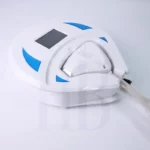 |
https://healthybeautiful.com/review/viqure-depimini-808nm-diode-laser-machine-in-depth-esthetician/ | ViQure EpiPro Diode Laser | 20.0 | I-VI | Y | Y | Y | Y | Y | Y | Advanced Thermoelectric Cooling + Wind Cooling (0°C~5°C) + Cooling gel |
| 2 | 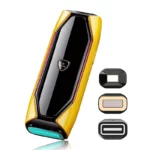 |
https://healthybeautiful.com/JOVS-X-3-in-1-IPL | JOVS X™ 3-in-1 IPL (OPT) | 7.0 | I-V | Y | Y | Y | Y | Y | Sapphire Cooling System | |
| 3 | 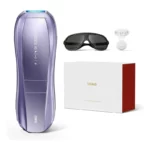 |
https://healthybeautiful.com/Ulike-Air-10 | Ulike Air 10 | 6.7 | I-IV | Y | Y | Y | Y | 65°F/18°C | ||
| 4 | 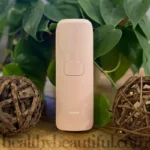 |
https://healthybeautiful.com/review/ulike-sapphire-air3-an-in-depth-review-by-estheticians/ | Ulike Sapphire Air3 | 7.2 | I-IV | Y | Y | Y | Y | Sapphire Cooling 10-20°C (50-68°F) | ||
| 5 | 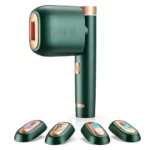 |
https://healthybeautiful.com/Bosidin-Pioneer-Pro-Official | BoSidin Pioneer-Pro (OPT) | 6.0 | I-V | Y | Y | Y | Y | Y | Dynamic Cooling Device (DCD) |
Understanding Laser Hair Removal Safety Concerns
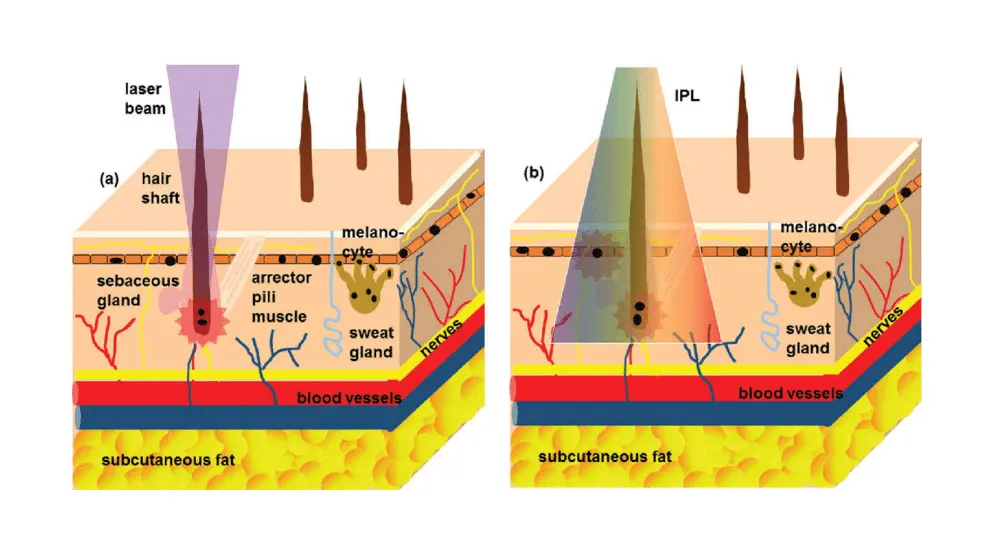
Before we dive into the safest at-home laser hair removal devices, it's crucial to understand how this technology works and the potential risks involved.
At-home laser hair removal devices typically use intense pulsed light (IPL) or diode laser technology to target and disable hair follicles.
The laser energy is absorbed by the melanin in the hair shaft, generating heat that damages the follicle and prevents future hair growth.
While laser hair removal is generally safe when performed correctly, there are potential risks and side effects that you should be aware of.
These can include:
- Burns or blistering of the skin
- Hyperpigmentation or hypopigmentation (darkening or lightening of the skin)
- Scarring or skin texture changes
- Eye damage from direct or reflected laser light
Certain factors can increase the risk of these side effects occurring.
It's essential to understand how they may impact your safety during at-home laser hair removal:
- Skin Tone. Devices may not be suitable for all skin tones. Darker skin tones have a higher risk of burns and pigmentation changes due to the laser's interaction with melanin.
- Hair Color. The laser energy targets melanin, so it may be less effective on lighter hair colors like gray, blonde, or red. Treating light hair can also increase the risk of skin damage.
- Medication Use. Some medications, such as certain acne treatments or photosensitizing drugs, can make your skin more sensitive to laser light and increase the risk of adverse reactions.
We'll explore these risk factors in greater detail and provide guidance on how to minimize them when using at-home laser hair removal devices safely.
Safety Features to Look for in At-Home Laser Hair Removal Devices
When it comes to at-home laser hair removal treatments, safety should be the top priority.
While the convenience of DIY hair removal is appealing, compromising on safety measures can lead to painful and potentially disfiguring consequences.
That's why it's crucial to choose a device that incorporates advanced safety features specifically designed to protect you during treatment.
Overview of Essential Safety Features
FDA Clearance and Safety Certifications
Look for devices that have been cleared by the FDA and meet strict safety standards set by regulatory bodies.
These certifications ensure that the device has undergone rigorous testing and meets the necessary requirements for safe consumer use.
Suitable Skin and Hair Type Compatibility
Different devices are designed for specific skin tones and hair colors.
Choose a device that clearly states the skin and hair types it can safely treat to avoid the risk of burns, pigmentation changes, or ineffective hair removal.
Contact Sensors
These sensors ensure that the laser is only activated when the device is in direct contact with your skin, preventing accidental exposure to laser energy.
It's important to note that devices with more advanced safety features tend to be more expensive, but investing in a high-quality, safety-focused device can prevent costly and painful mistakes in the long run.
Potential Risks and Precautions
Even with the most advanced safety features, it's essential to follow all precautions and guidelines provided by the manufacturer. Here are some key considerations:
- Proper Eye Protection. Always wear the protective eyewear provided with the device to shield your eyes from laser exposure.
- Regular Skin Patch Tests. Perform a patch test before each treatment session to assess your skin's tolerance and avoid adverse reactions.
- Avoiding Sensitive Areas. Steer clear of treating sensitive areas like the face, nipples, or genital regions, as well as moles, tattoos, or recent scars.
- Proper Technique and Usage Guidelines. Carefully read and follow the device's instructions for optimal safety and efficacy.
The Safest At-Home IPL & Laser Hair Removal Devices: A Laser Technician’s Guide
Ulike Sapphire Air3: An In-Depth Review by Estheticians
Painless Laser Hair Removal At-Home: Expert Tips by Estheticians
The Most Powerful At-Home IPL & Laser Hair Removal Devices: Esthetician Reviewed
ViQure EpiPro Laser Review: Tested by Estheticians
The Best Laser Safety Glasses for IPL Hair Removal
Proper Use and Safety Precautions
Even the safest at-home laser hair removal device can pose risks if not used properly. Meticulously following all instructions and precautions is paramount to ensuring your safety and achieving optimal results.
The user manual provided with your device is your guide to safe and effective treatments. Failing to carefully read and follow the instructions can increase the risk of burns, scarring, and other adverse effects. Pay close attention to all safety warnings, recommended settings, and usage guidelines.
Proper preparation of the treatment area is essential. Always shave or trim the area before treatment to ensure the laser energy can effectively target the hair follicles. Additionally, avoid treating sensitive areas like the face, nipples, or genital regions, as well as moles, tattoos, or recent scars, as these areas are more prone to injury.
Most at-home devices recommend waiting 4-6 weeks between treatment sessions to allow for the natural hair growth cycle. Follow the recommended intervals to avoid over-treating the same area, which can lead to skin damage. Additionally, adhere to the maximum treatment duration specified for each body area to prevent overexposure.
Proper maintenance and aftercare are essential for achieving the best results and minimizing potential side effects. Keep your device clean and well-maintained according to the manufacturer's instructions. After each treatment, apply a soothing, fragrance-free moisturizer to the treated area and avoid excessive sun exposure or tanning for at least 24-48 hours.
If you experience severe pain, blistering, or excessive redness or swelling during or after treatment, discontinue use immediately and seek professional medical attention. Additionally, if you have any underlying medical conditions, are pregnant, or are taking medications that may increase your risk of adverse reactions, it's best to consult with a professional before attempting at-home laser hair removal.
The Best Laser Safety Glasses for IPL Hair Removal
The Best Cooling Gels for Laser Hair Removal
Situations Requiring Extra Safety Measures or Professional Treatment
While at-home laser hair removal devices can be safe and effective for many individuals, there are certain situations where extra precautions or professional treatment may be necessary to ensure your safety and achieve optimal results.
- Darker Skin Tones and Light Hair Colors. Many at-home devices are designed for use on light to medium skin tones and dark hair. If you have a darker skin tone or light-colored hair, such as gray, blonde, or red, the laser energy may not be effectively absorbed, increasing the risk of burns, pigmentation changes, or ineffective hair removal. In these cases, it's crucial to choose a device specifically designed for your skin and hair type or seek professional treatment.
- Sensitive Areas. Treating sensitive areas like the face, bikini line, or other intimate regions with an at-home device can be risky due to the increased potential for burns, scarring, or other complications. These areas often require a higher level of precision and expertise to treat safely. We recommend consulting with a professional for laser hair removal in these delicate areas.
- Risks Associated with Improper Usage. Failing to follow the manufacturer's instructions, using the device on unsuitable skin or hair types, or exceeding the recommended treatment duration or intensity can lead to severe burns, scarring, or eye damage. Mitigate these risks by meticulously adhering to all safety guidelines and precautions provided with your device.
- Medical Conditions or Medication Use. Certain medical conditions, such as diabetes, skin conditions like eczema or psoriasis, or the use of photosensitizing medications, can increase your risk of adverse reactions during laser hair removal treatments. If you have any underlying health concerns or are taking medications that may affect your skin's sensitivity, it's crucial to consult with a dermatologist or laser hair removal professional before attempting at-home treatments.
Remember, while at-home laser hair removal devices can be convenient, they may not be suitable for everyone. By being proactive and seeking professional guidance when needed, you can enjoy the benefits of hair-free skin while minimizing potential risks and complications.
Understanding Wavelength: Your Complete Guide to Choosing the Right IPL Laser Hair Removal Device
At-Home Laser Hair Removal Aftercare: The Ultimate Guide by a Dermatologist
A Comprehensive Study on the Safety & Efficacy of At-Home IPL Hair Removal Devices
References:
- Gençoğlu, Ş. (2023). Efficacy and Safety of Alexandrite and Nd: YAG Laser Combination in Permanent Hair Removal. International Journal of Clinical Medicine, 14(9), 419-427.
- Gold, M. H., Hellman, J., Dahan, S., & Mulholland, R. S. (2019). Clinical evaluation of a novel blended mode diode laser for hair removal. Journal of Cosmetics, Dermatological Sciences and Applications, 9(01), 19.
- Gold, M. H., & Goren, H. (2015). The Effect of Novel Low Energy Pulsed Light Combined with Galvanic Energy for Home-Use Hair Removal of Dark Skin. Journal of Cosmetics, Dermatological Sciences and Applications, 5(4), 283-290.
- Pall, A., & Viera-Mármol, G. (2022). Triple wavelength and 810 nm diode lasers for hair removal: a clinical and in silico comparative study on Indian skin. Journal of Cosmetics, Dermatological Sciences and Applications, 12(4), 164-173.
- AL-Hamamy, H. R., Saleh, A. Z., & Rashed, Z. A. (2015). Evaluation of effectiveness of diode laser system (808 nm) versus Intense Pulse Light (IPL) in the management of unwanted hair: A split face comparative study. International Journal of Medical Physics, Clinical Engineering and Radiation Oncology, 4(01), 41.
- Russe, E., Purschke, M., Herold, M., Sakamoto, F. H., Wechselberger, G., & Russe‐Wilflingseder, K. (2020). Evaluation of safety and efficacy of laser hair removal with the long‐pulsed 755 nm wavelength laser: a two‐center study with 948 patients.Lasers in Surgery and Medicine, 52(1), 77-83.

